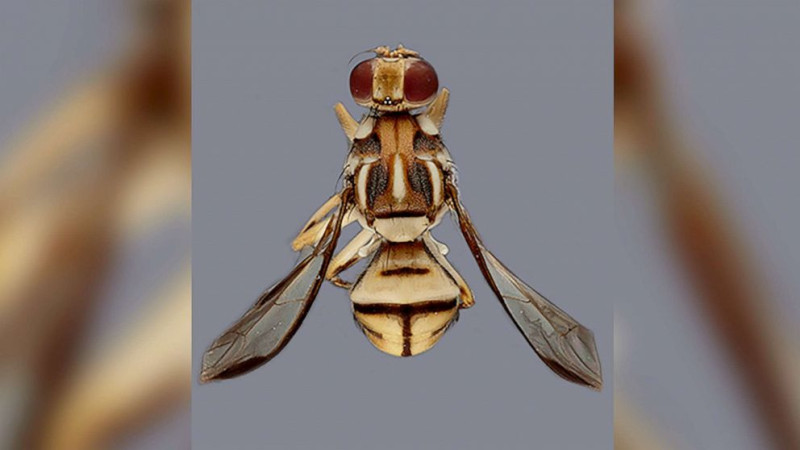Fruit fly found in Asia forces partial quarantine of Los Angeles County: CDFA
A part of Los Angeles County is under quarantine following the discovery of an invasive fruit fly from Asia, according to the California Department of Food and Agriculture (CDFA).
State officials found 20 Tau fruit flies in an unincorporated area of Stevenson Ranch, close to the city of Santa Clarita.
The California Department of Food and Agriculture has quarantined 79 square miles of the area, the department said last week in a press release.
MORE: Haiti: The Forgotten Crisis
The Tau fruit fly is a major pest for agriculture and natural resources, CDFA said, including various fruits and vegetables such as cucurbits, avocado, citrus, tomatoes, peppers, as well as some plants native to the state.
This is the first time there's been a Tau fruit fly quarantine in the Western Hemisphere, according to the CDFA.
"It’s believed the fly was introduced by travelers bringing uninspected produce into the state-- a common pathway for invasive species," the California Department of Food and Agriculture said in the press release.
The Tau fruit fly was first spotted in California in 2016 in San Bernardino County and has been seen and destroyed three other times, according to CDFA.

State officials have advised residents in the quarantine zone not to move any vegetables or fruit from their property as part of the efforts to stop the spread of the Tau fruit fly.
Residents can consume or process the fruits and vegetables wherever they picked them up, "Otherwise, they should be disposed of by double-bagging in plastic and placing the bags in a bin specifically for garbage," CDFA said.
Other insects can also be harmful to agriculture.
Last year, agriculture and park departments told people if they came across the spotted lanternfly they should kill it because of its impact on agriculture.
The New York City Parks Department offers similar guidance on its website.
"Harming our city's wildlife is broadly prohibited, but in an effort to slow the spread of this troublesome species, the current guidance remains: if you see a spotted lanternfly, please squish and dispose of this invasive pest," the New York City Parks Department said at the time.
The spotted lanternfly also originated in Asia but was first found in the U.S. in Pennsylvania in 2014, and soon after in other states in the Northeast, including Connecticut, Delaware, Maryland, New Jersey, New York and Virginia.
MORE: What to know about the spotted lanternfly, the insect experts say to squish
The insect, known scientifically as the Lycorma delicatula, feeds on at least 70 different species of trees, as well as vines and shrubs, including fruit trees, grapevines and several hardwoods, according to a report from the University of Michigan.
Additional information on the Tau fruit fly can be found on the CDFA's website.
Disclaimer: The copyright of this article belongs to the original author. Reposting this article is solely for the purpose of information dissemination and does not constitute any investment advice. If there is any infringement, please contact us immediately. We will make corrections or deletions as necessary. Thank you.




